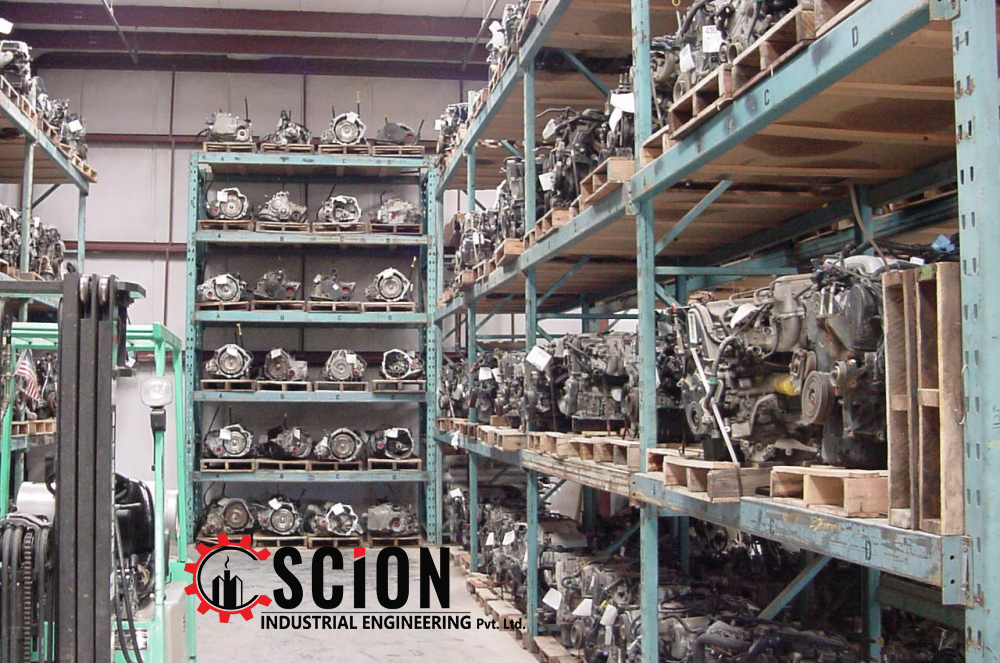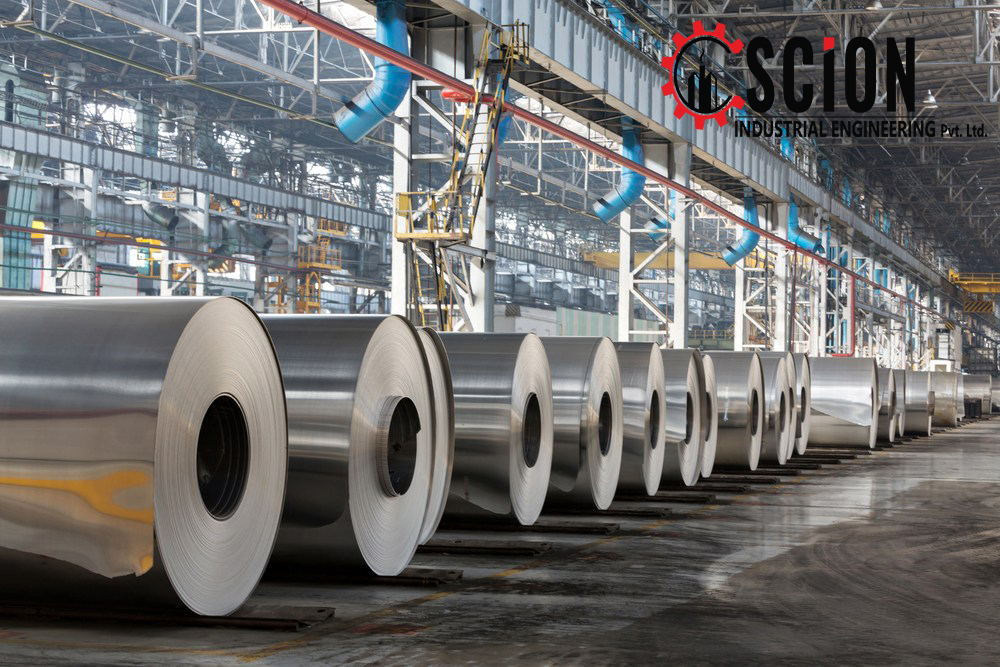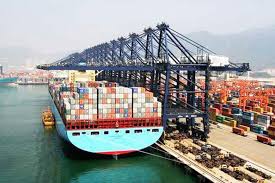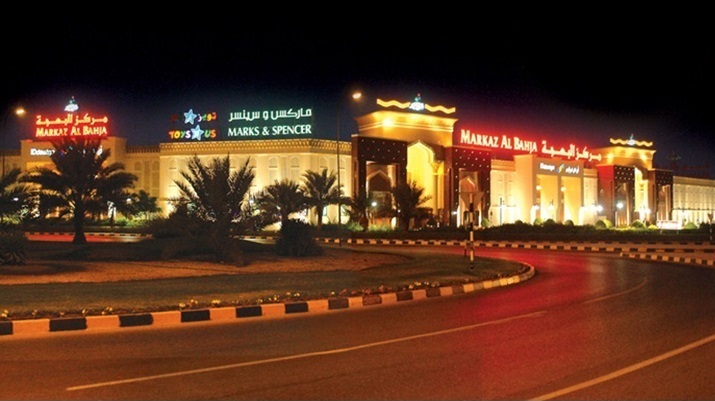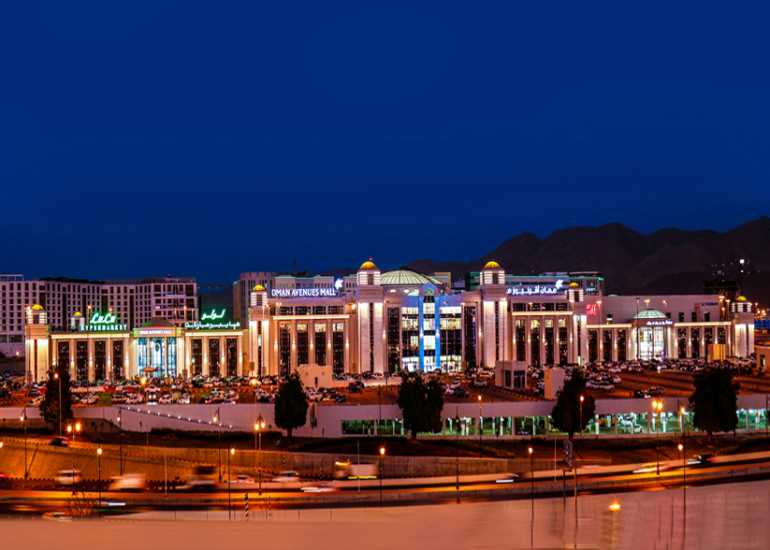Three of South Africa’s most prominent companies in the stainless steel supply chain are completing a substantial supply to a gold mine in the Southern African Development Community.
The project entails the supply of 250 t of grade 2 304 stainless steel for the manufacture of ten tanks – the largest of which measures 12 m in diameter and 12.7 m in height.
The proudly 100% Africa-to-Africa supply chain includes raw materials being supplied by stainless steel manufacturer Columbus Stainless, while the material processing and manufacture is being headed up by metals supplier Stalcor and the tank manufacture by steel fabricators Betterect.
Columbus Stainless local sales and market development manager Lerato Mashigo says the company supplied grade 2304 for the project, which is in duplex stainless steel.
She highlights that this family of stainless steel grades has a dual or mixed crystal structure consisting of relatively equal proportions of austenite and ferrite, which contributes to its high strength and superior corrosion resistance.
“Lean duplex, such as the 2304, is classified such because they are not highly alloyed. The grade predominantly comprises 23% chromium and 4% nickel, with manganese and nitrogen added for strength.”
Mashigo notes that Columbus Stainless has successfully produced various grades of duplex stainless steel – including 2001, 2304 and 2205 – since 2005 for the local and export markets.
“The challenge is addressing South Africa’s confidence in brand SA. South Africa needs to continuously support locally manufactured products, and realise that South African manufacturers have the skills and capabilities,” she adds.
Stalcor projects manager James Barnard highlights the success of “team South Africa” in terms of its ability to produce duplex stainless steel, manufactured for critical applications. This project will be a great reference point when promoting local products to the South African steel industry.
He explains that the coils were supplied as 20 t mother coils. This enabled the fabricator to get the optimum lengths required according to the product design. “The result of this was a decrease in welding and scrap, also resulting in time and consumables saved.”
The collaboration among the three companies assisted in mitigating not only shipping costs but also the extra five to six weeks of shipping delays, which would have been incurred had the client ordered the same product from an international supplier, adds Barnard.
He enthuses that Stalcor is a fully fledged stockist and supplier that supports clients. The company also does not compete against but rather works alongside respective markets in processing and fabrication. “We have the infrastructure, and the people who have a vast amount of experience and product expertise to easily navigate through a project of this size.”
“With this, we hope that South African mines, engineering procurement, construction management, as well as fabricators, would see the benefit of buying locally produced stainless steel,” says Barnard.
Betterect MD Nicolette Skjoldhammer tells Engineering News that some tanks were sent to site fully fabricated, while the large tanks were partially fabricated for final completion on site. “We saved the client between six and eight weeks of the total lead time using locally manufactured material.”
She suggests that there is still a wealth of expertise in South Africa and the industry needs to highlight and celebrate it to encourage growth in the sector.
“South African companies are perfectly situated to service growing local and export demand, especially since the steel industry is still one of the biggest employers and with an enormous amount of growth forecast in Southern and Central Africa,” concludes Skjoldhammer.
Source:https://www.engineeringnews.co.za/article/trio-makes-for-steely-supply-2019-10-25

